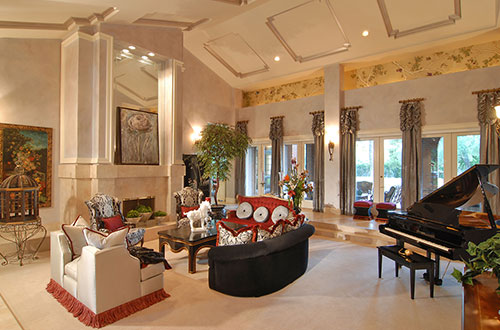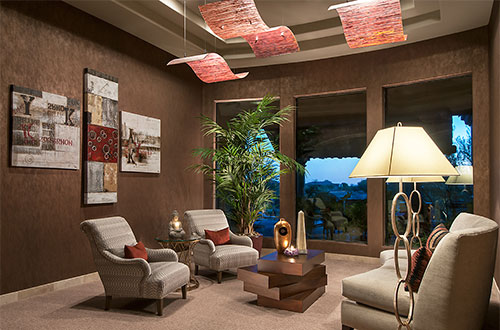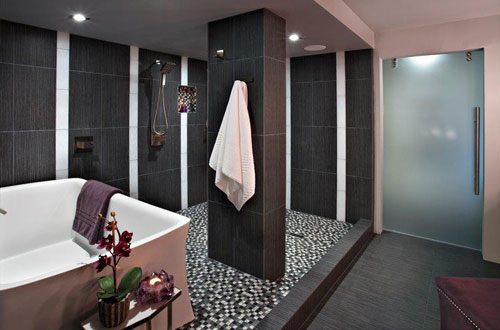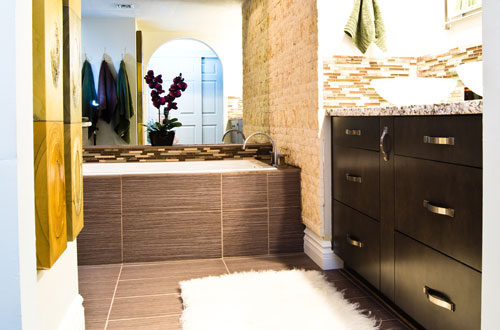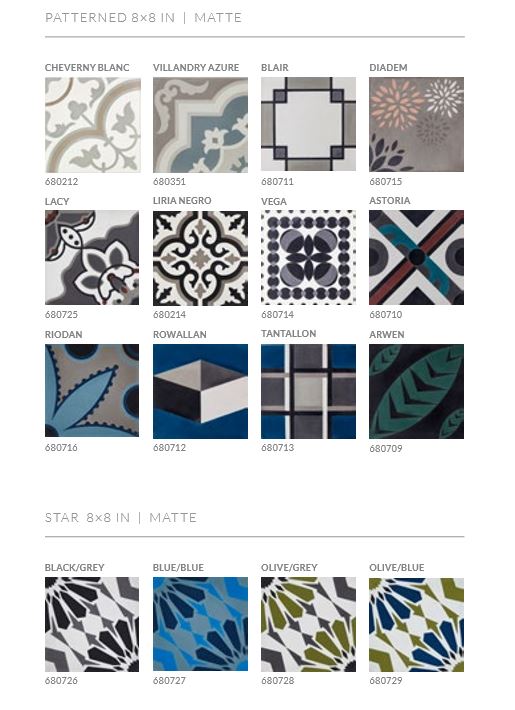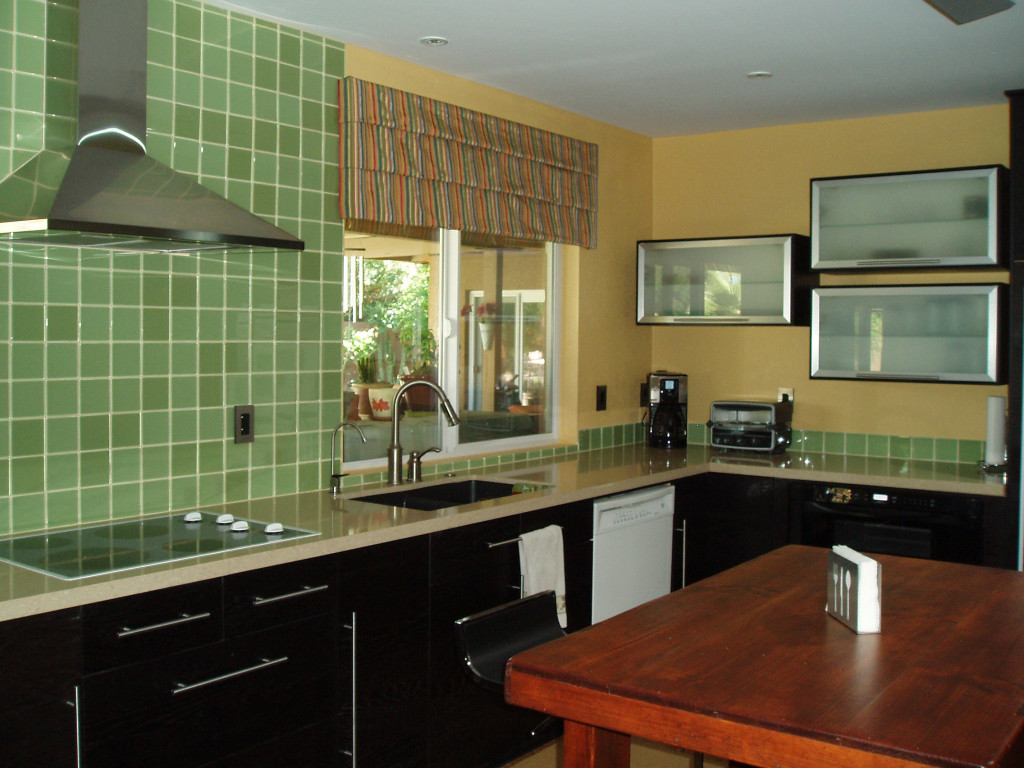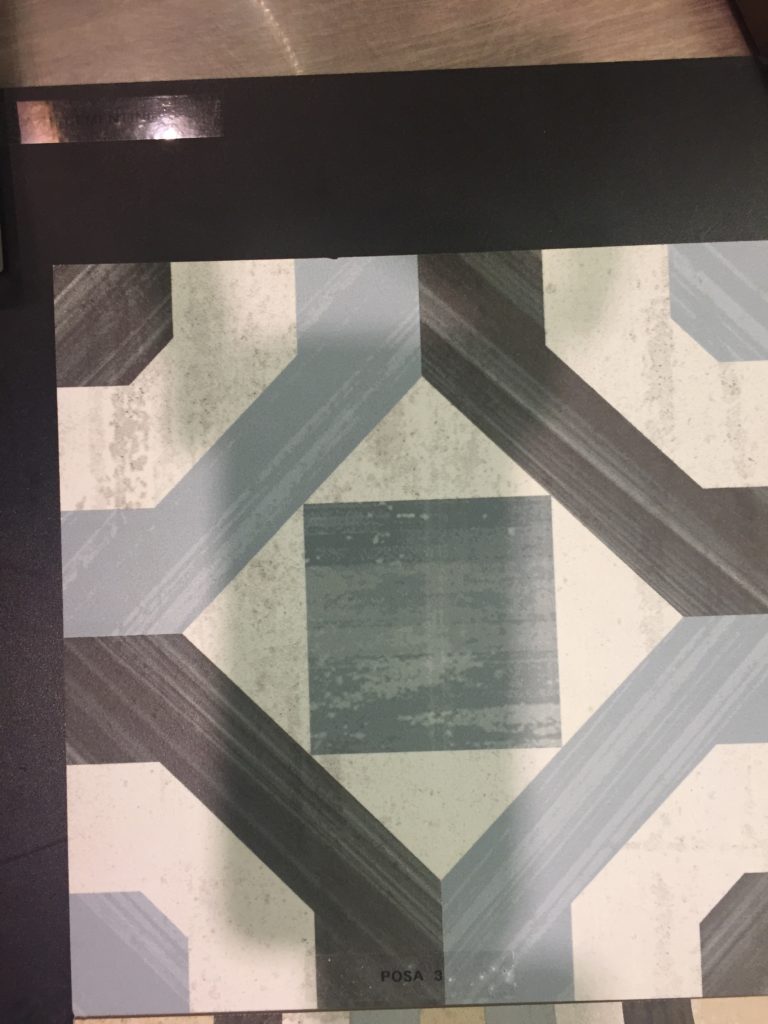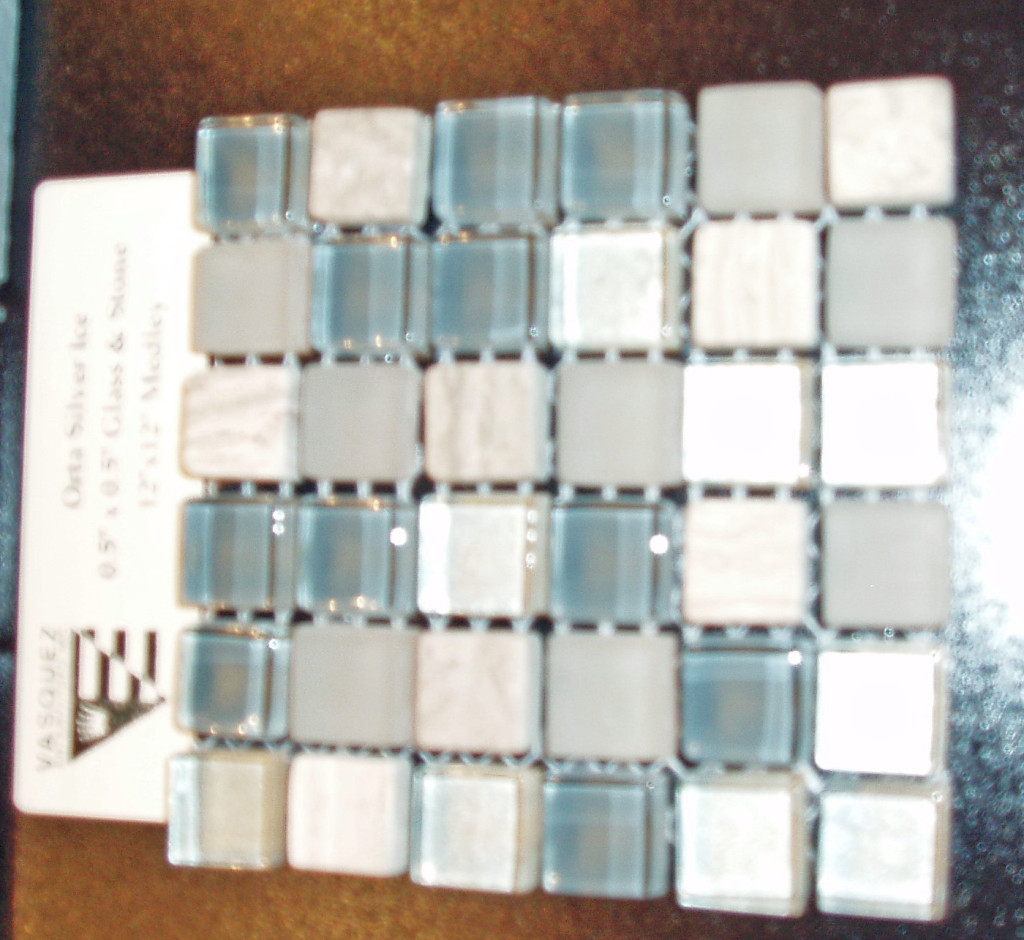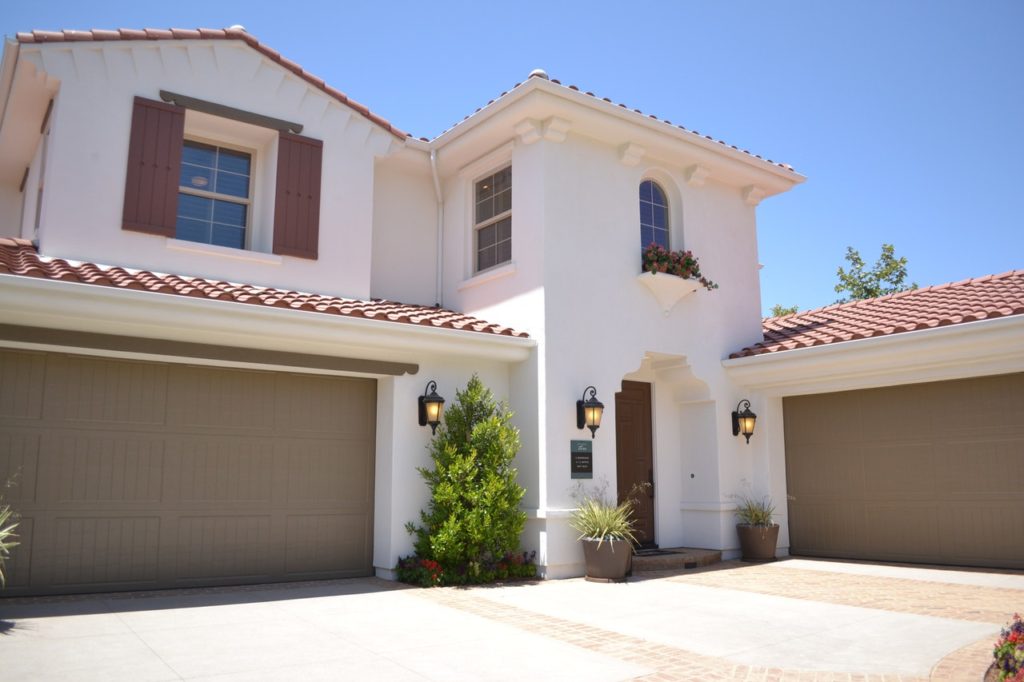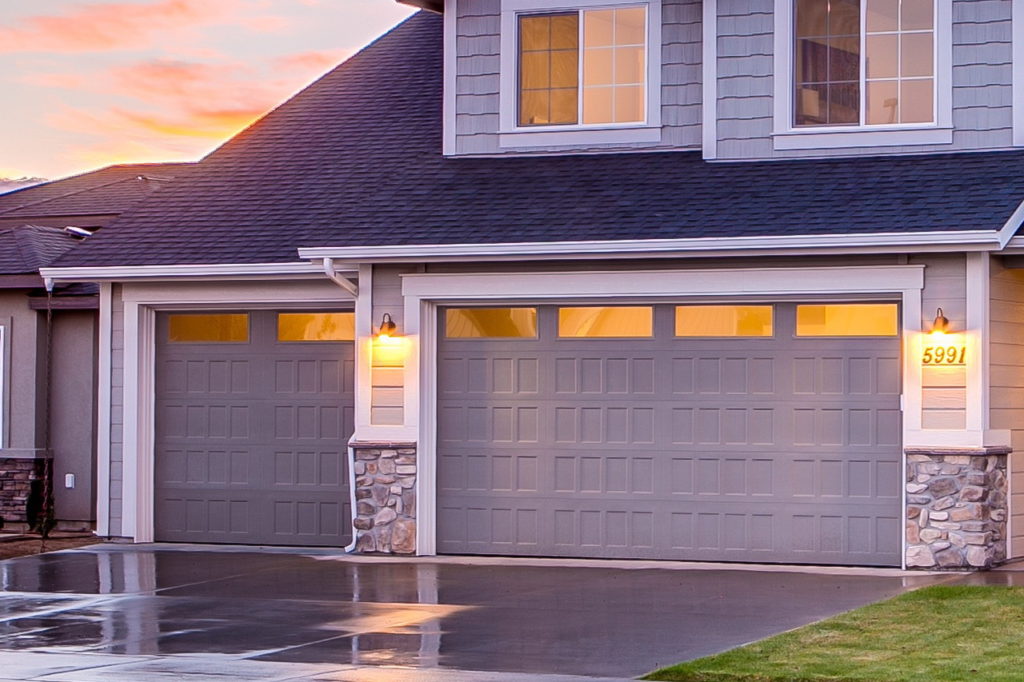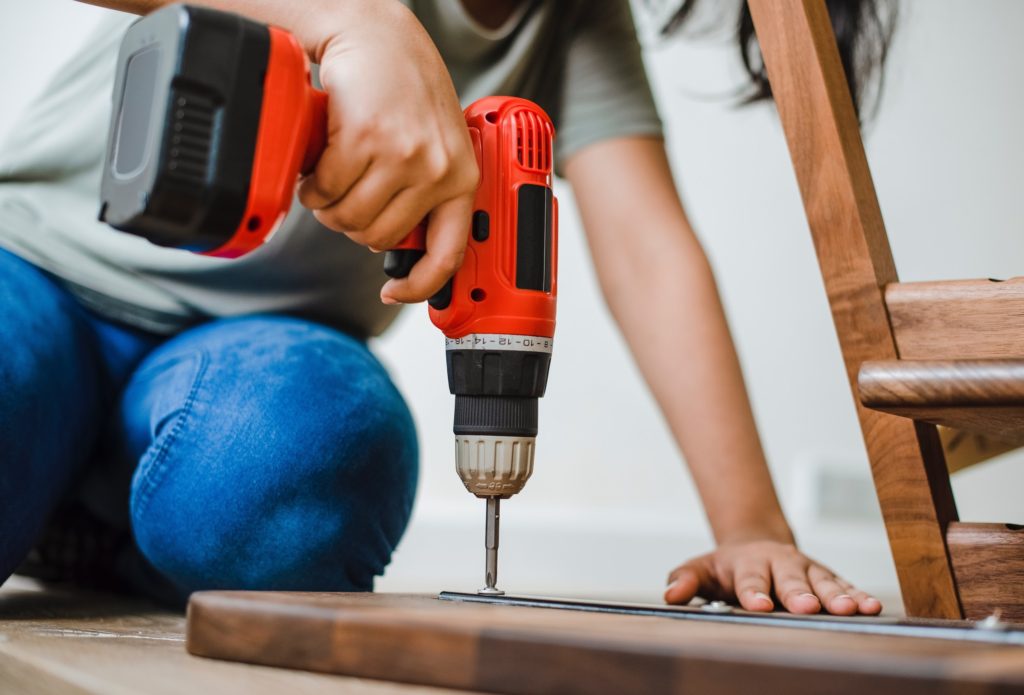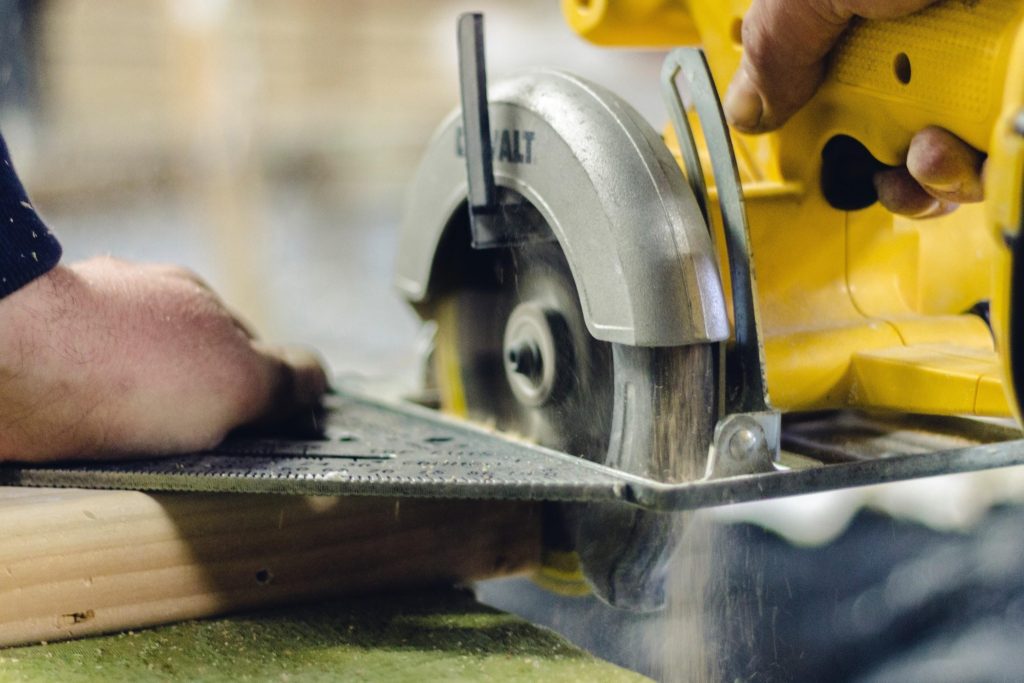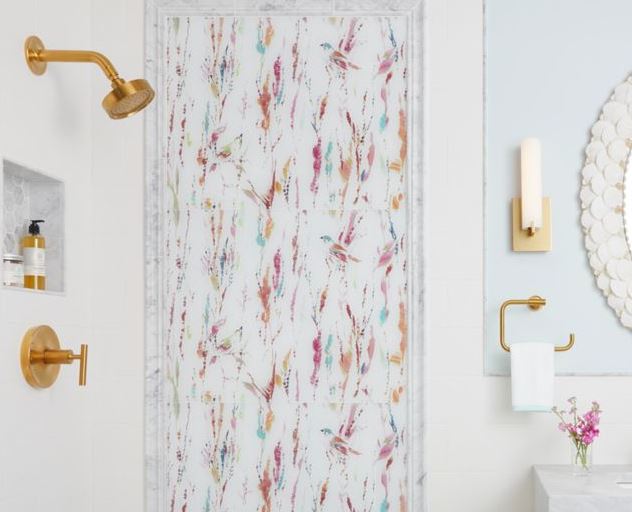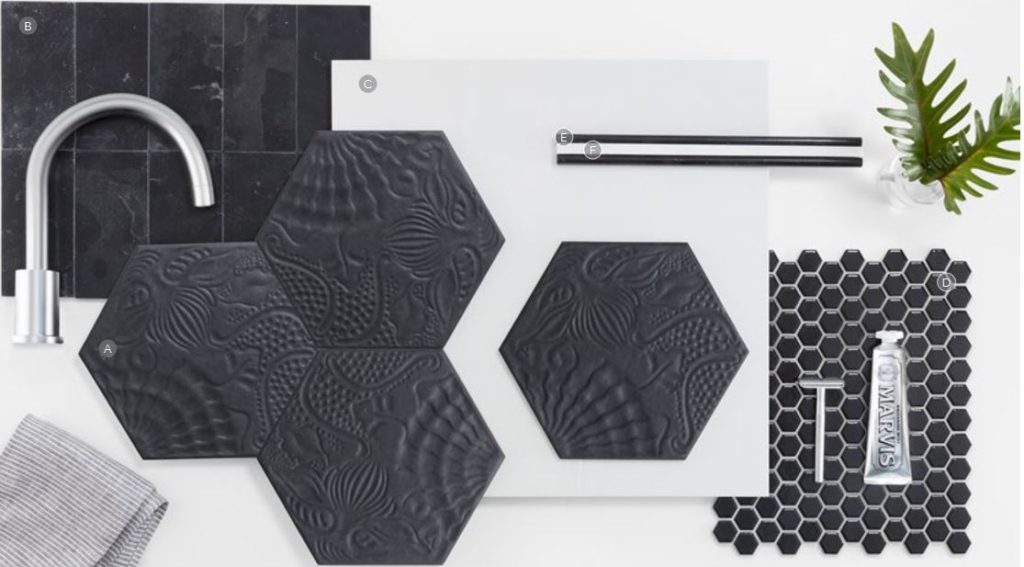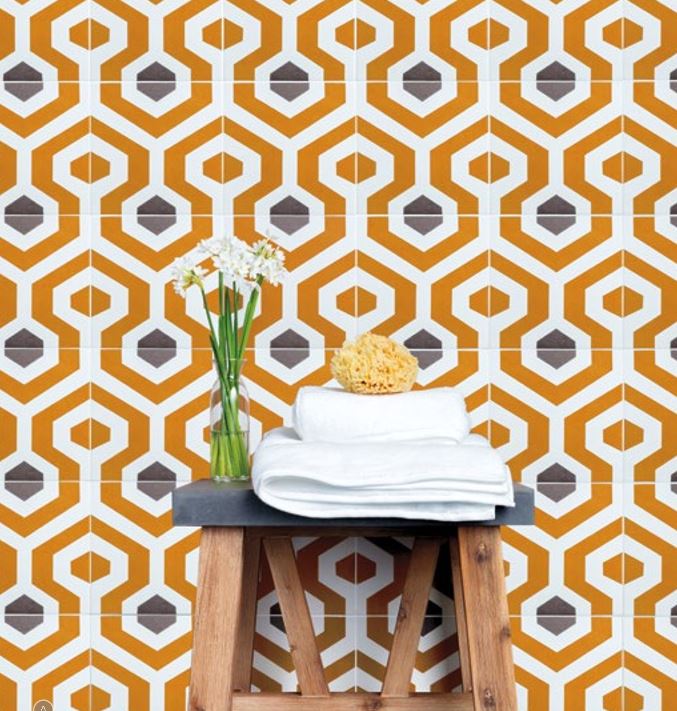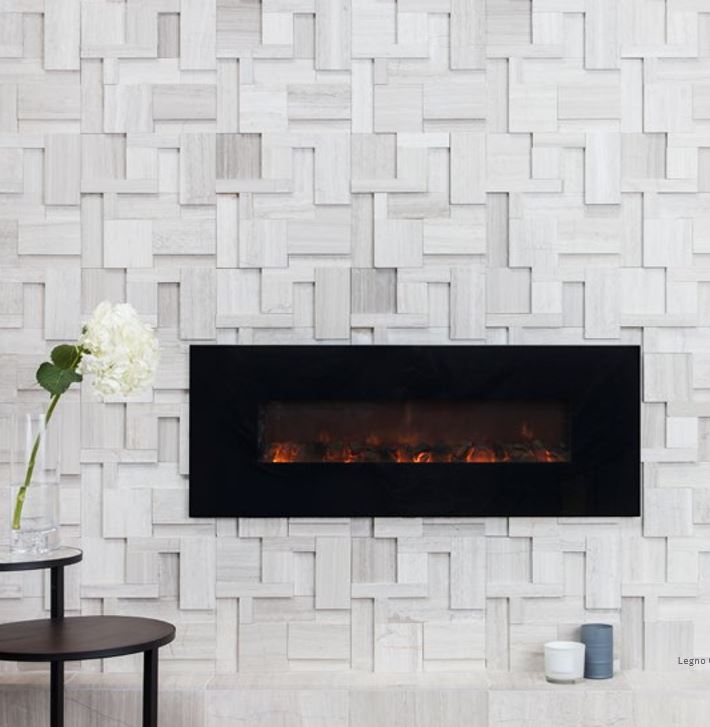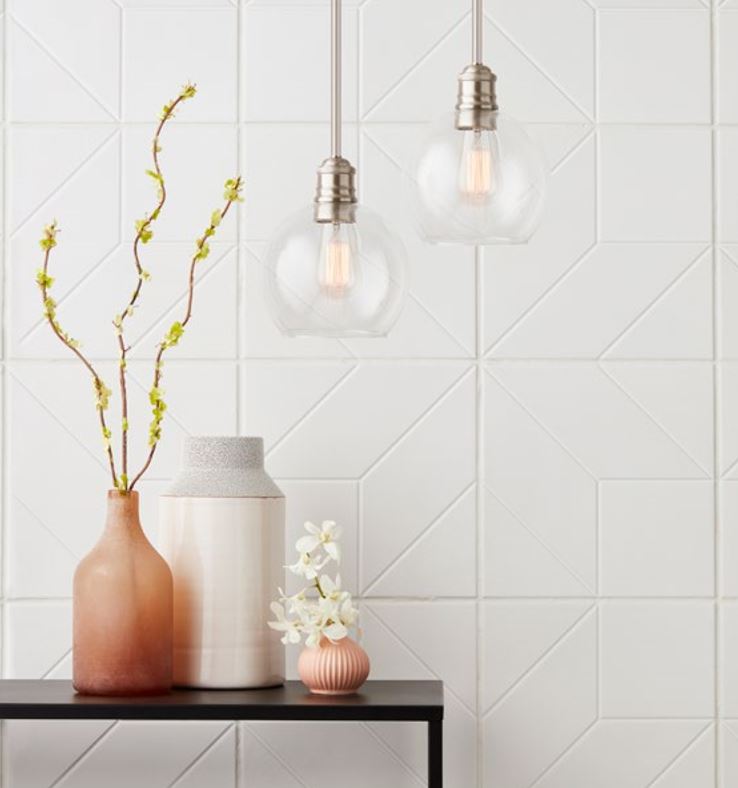Every year Sherwin Williams presents the color palettes they feel will be relevant in the coming year. They compile vast amounts of research to present the underlying environmental components that are contributing to the color palettes’ appeal. Below is a snippit of some of those trends for your consideration.
INFLUENCES
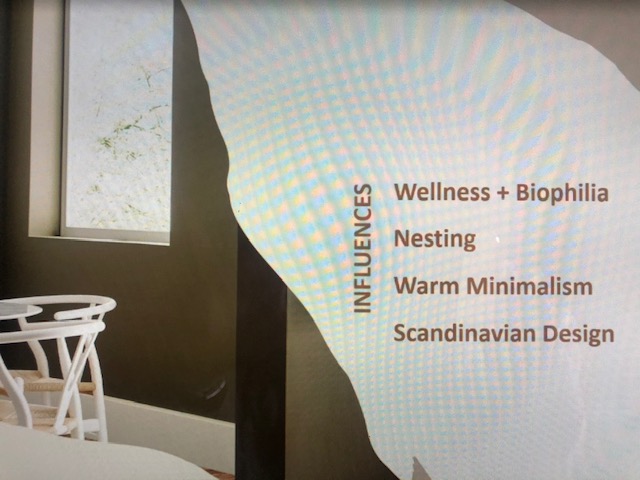

S Interior Design had written a post about Interior Design Trends and Biophilic Design was featured as Trend 1 in the post. Take a read to learn more!
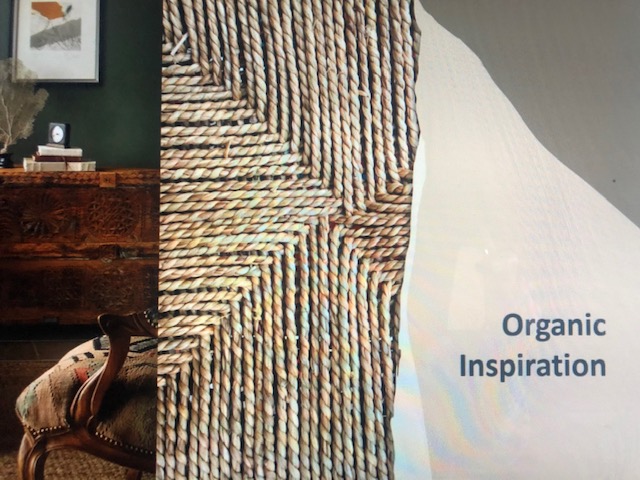
Related to Biophilic Design in our opinion is getting design inspiration from Organic Elements; those found in nature.

Not at all surprising given the reality of our world this year, Security both physical and emotional are paramount concerns that manifest in color choices that make us feel more secure.

Again related to the unsettled anxiety of our status right now, we want to re-visit times when we felt more secure and safe. However, we do inject the nostalgic design with a modern current over tone to feel current.
Here are the four paint color trend categories from S.W.
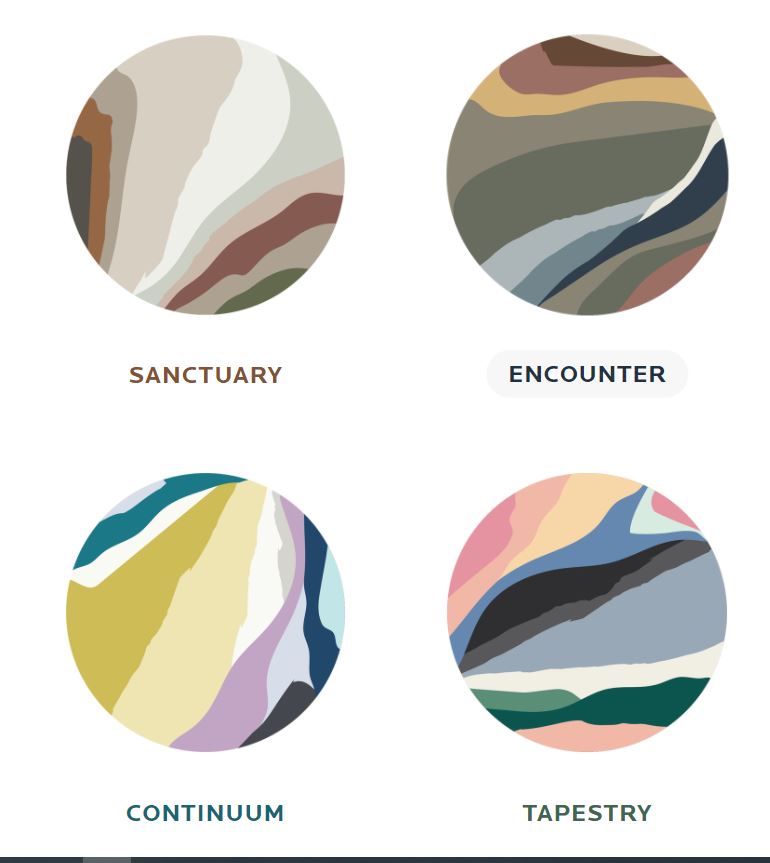
As always, S Interior Design will suggest that regardless of trends that you use the colors and materials in your homes that work best for your personal styles and preferences.
We are looking forward to helping you all realize your interior design dreams in 2021!!
